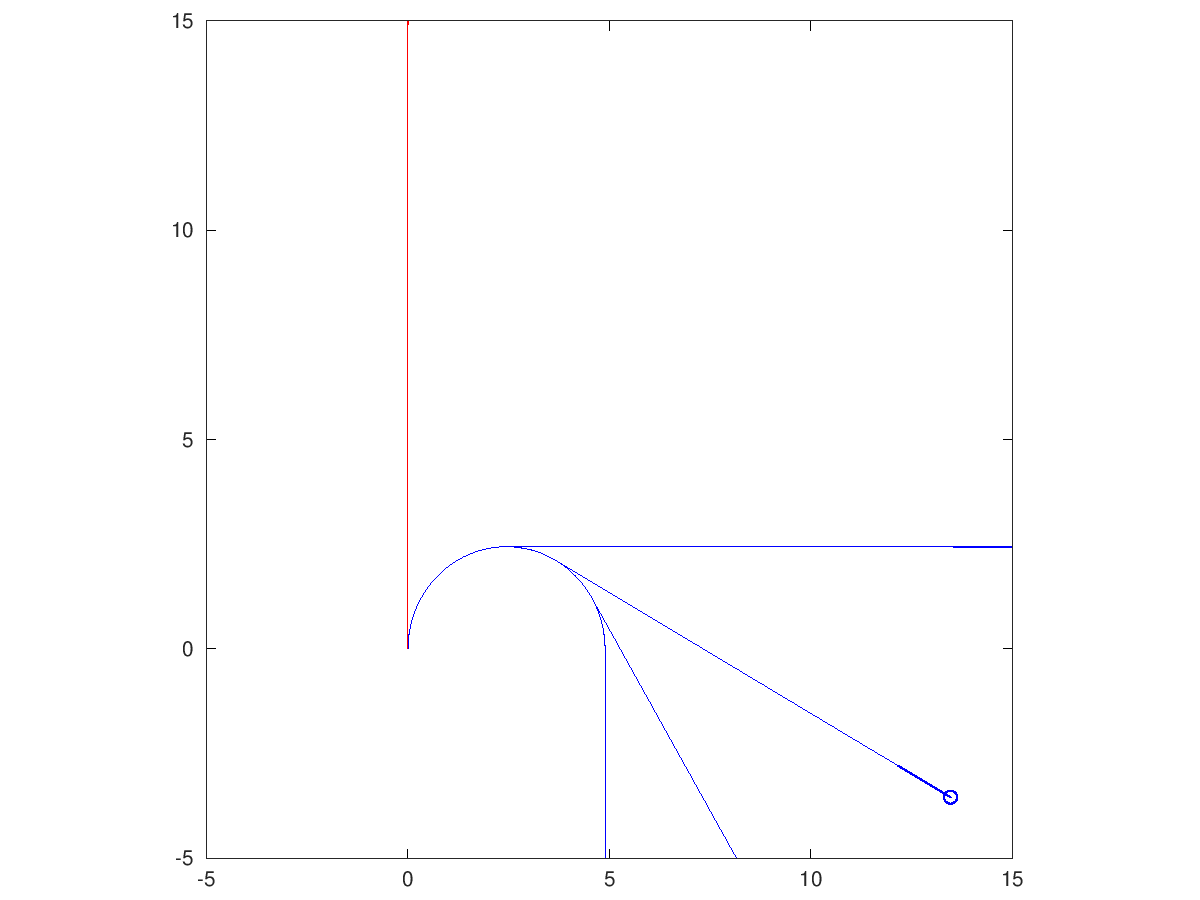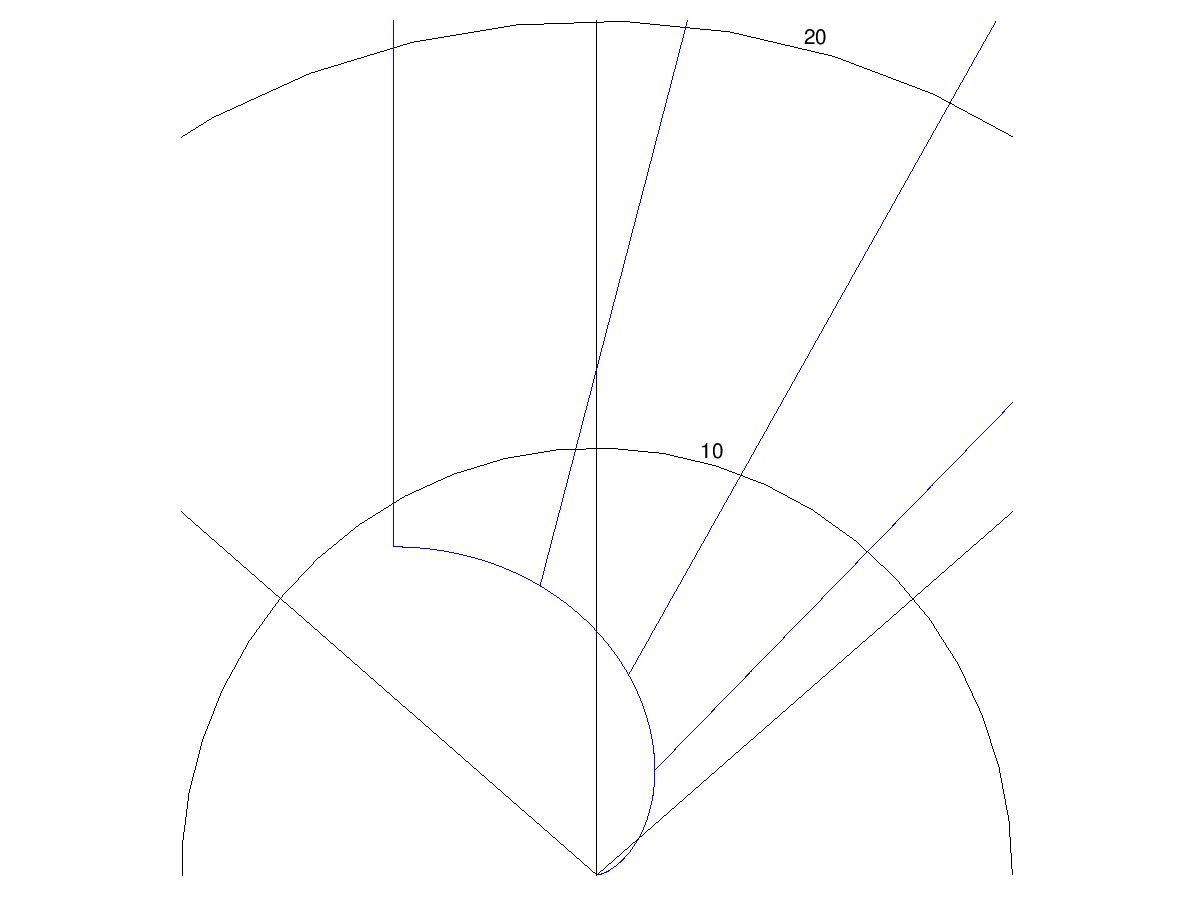Skillnad mellan versioner av "Intercept"
Hoppa till navigering
Hoppa till sök
Urist (diskussion | bidrag) |
Urist (diskussion | bidrag) |
||
| Rad 7: | Rad 7: | ||
Basic principles: | Basic principles: | ||
; Vertical separation : You need a vertical separation for an intercept which depends on altitude, airspeed and bank angle. A rule of thumb is 40 000 feet (12 km / 6.5 NM) for a head on situation. The turn radius is half this distance. | ; Vertical separation : You need a vertical separation for an intercept which depends on altitude, airspeed and bank angle. A rule of thumb is 40 000 feet (12 km / 6.5 NM) for a head on situation. The turn radius is half this distance. | ||
| − | ; Lag - pure - lead pursuit : You start the intercept by lag pursuit and the target should pass your centerline for a lead pursuit just before half the turn for a head on intercept. | + | ; Lag - pure - lead pursuit : You start the intercept by lag pursuit and the target should pass your centerline for a lead pursuit just before half the turn for a head on intercept. |
| + | ; Starting turn : For a head on intercept you need to start the turn approximately 1.5 times the | ||
===Animated intercepts=== | ===Animated intercepts=== | ||
Versionen från 24 juni 2021 kl. 14.23
Home >> Aviation guides >> Intercept
Intercept
A short guide for the basics of intercepting flights, mostly for offensive operations such as visual identification, but also applicable for joins with friendly aircraft.
Basic principles:
- Vertical separation
- You need a vertical separation for an intercept which depends on altitude, airspeed and bank angle. A rule of thumb is 40 000 feet (12 km / 6.5 NM) for a head on situation. The turn radius is half this distance.
- Lag - pure - lead pursuit
- You start the intercept by lag pursuit and the target should pass your centerline for a lead pursuit just before half the turn for a head on intercept.
- Starting turn
- For a head on intercept you need to start the turn approximately 1.5 times the

